One River Point shortlisted for Residential Interior Design of the Year
One River Point has been shortlisted for the Interior Design Concept of the Year: Residential category award…
15 Aug 2025
Experience Loading
Suggestions: architecture engineering design
Words by BSBG Media Team, Sunday 31 January 2021
From post-modernism to getting creative with the approach to a home office, Brewer Smith Brewer Group (BSBG) considers the five interior design trends we can all expect to see through 2021, with contributions from Lead Interior Designer Georgia Stevenson, and Senior Interior Designer Alia Soufan.
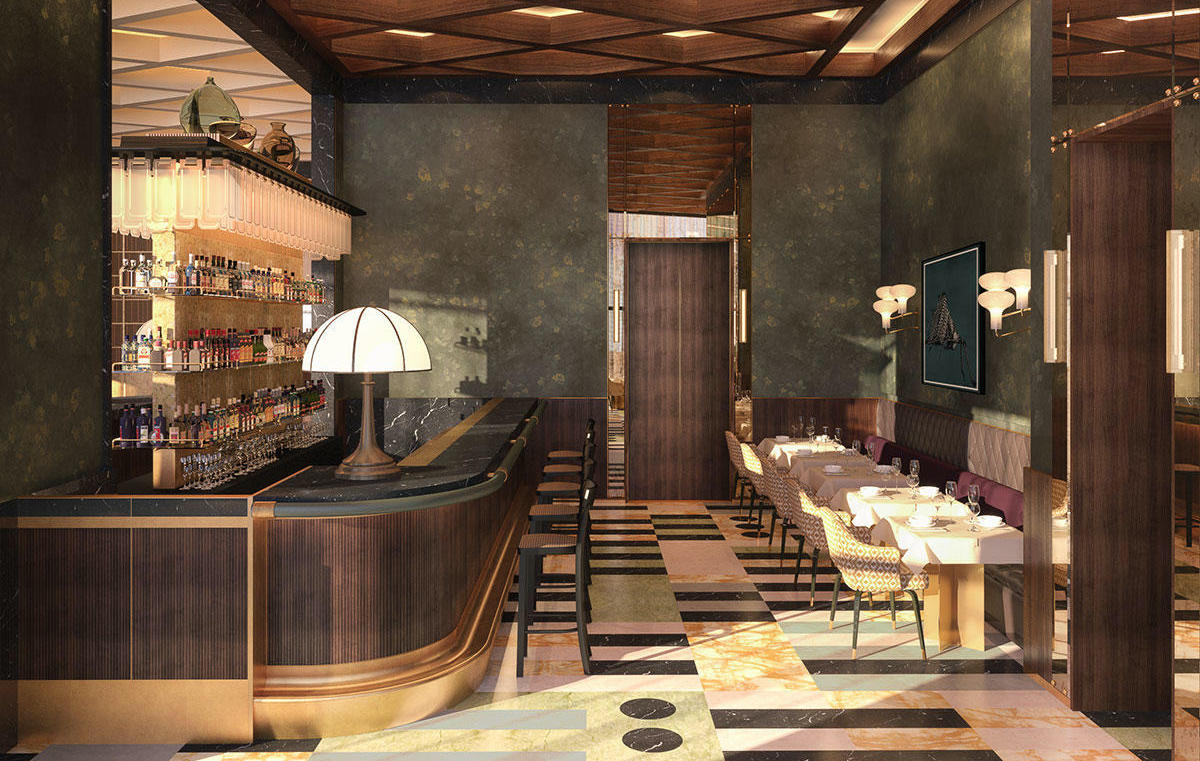
“Less is bore and more is more!” says Georgia. “I think this will be the case especially in the hospitality scene. When people escape their home, they want to escape into a florid and engaging interior.”
More colours, more layers, a fusion of different patterns, mixing old with new to create a vibrancy that contains multiple points of interest – it’s a tricky balance to get right, but when executed well the maximalism approach creates a space that can be uniquely striking and reassuring all at the same time. “We can see this in the opening of the Arts Club at ICD Brookfield Place in Dubai. The interiors are visually stimulating but still ooze comfort and sophistication.”
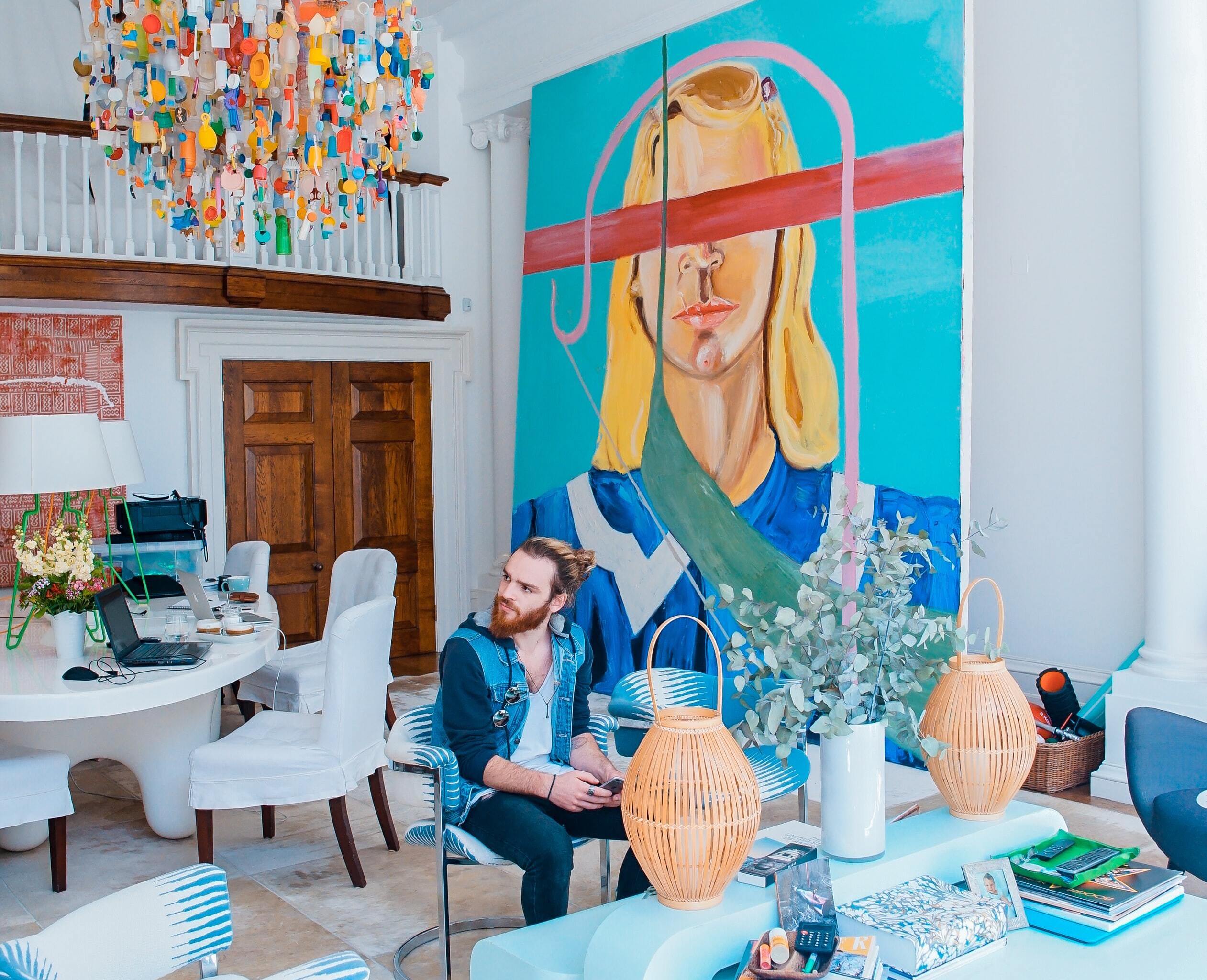
“Love it or hate it, postmodern interiors are back in vogue, embracing the unconventional, with playful and bold interior ideas,” explains Georgia. The approach here embraces the ornamental, combining new materials and history. The idea of playful postmodernism almost takes its cue from maximalism tendencies, with complexity embraced over simplicity, with overt decoration and colour.
“As designers, we will look at playful proportions of columns, arches and geometric forms. There will be a real propensity to incorporate sculptural furniture pieces that make a statement in the room and are fun to look at. In terms of colours, I think we will see retro palettes come back in a huge way, and with regard to materiality, we are starting to rethink the use of ‘old’ materials such as terracotta and cork, but used in a modern way.”
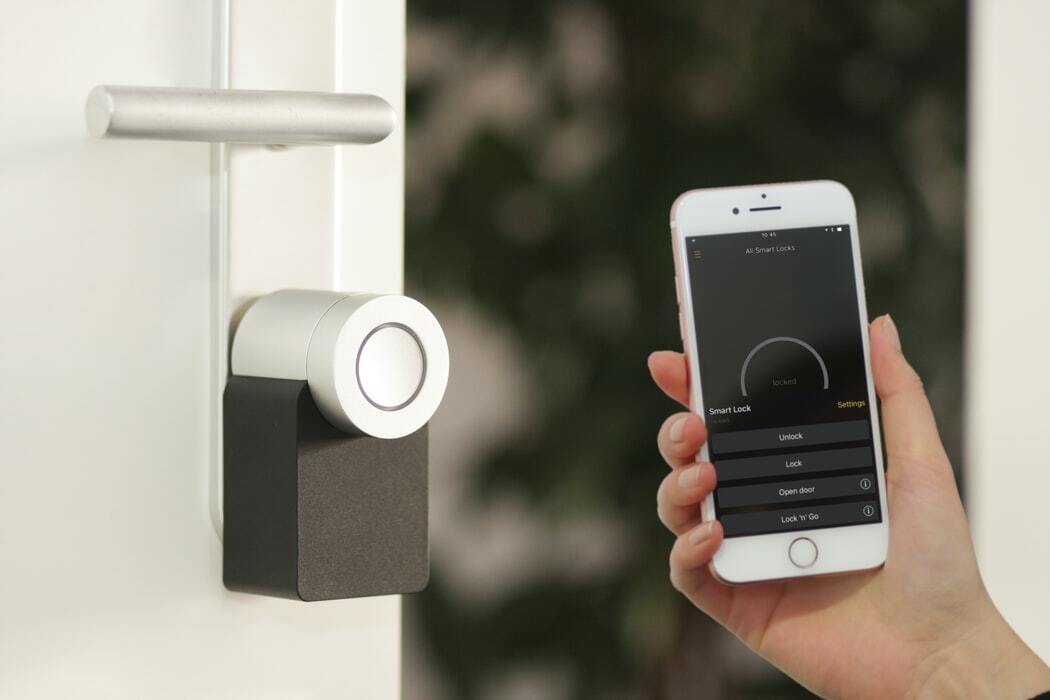
Touchless Technology is now being considered as a big part of the design approach to workplaces, hotels, bathroom and kitchen designs, as a response to the COVID-19 pandemic,” Alia says.
Many aspects of technology in design will move towards automation, to mitigate the need for touch. And technology that we’re already accustomed to in certain places, such as automated soap dispensers or lighting will begin to be incorporated into residential design. Aside from the obvious repercussions of the pandemic, which has led many to become hyper-aware of hygiene and the potential spread of germs, automation that was previously the reserve of commercial and hospitality projects is now far more affordable and is a feasible option for all residential projects.
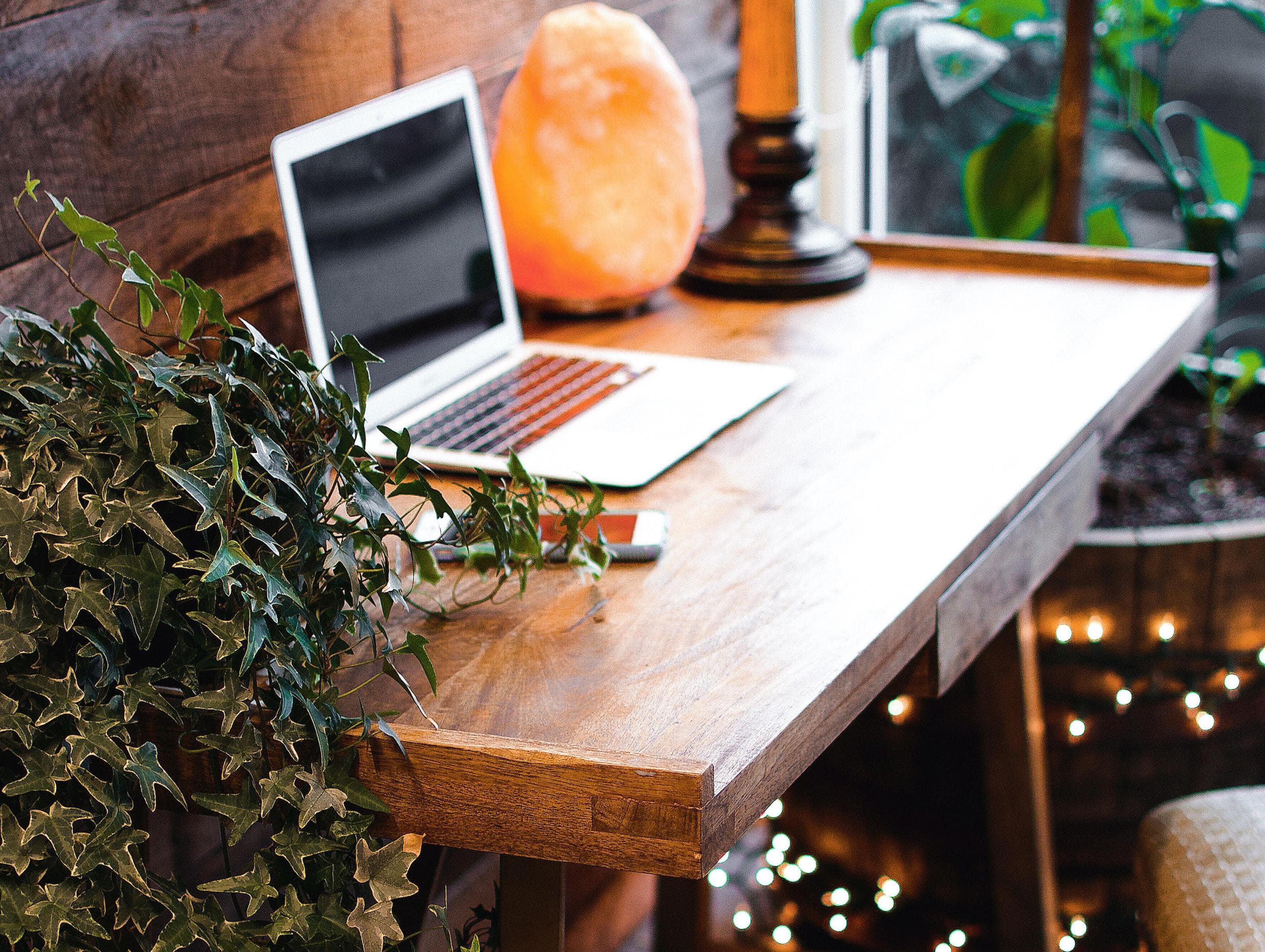
Remote working is here to stay. Huge international corporations, from the entertainment to high tech industries, have used the pandemic as a means of understanding that output, productivity and communication channels have actually increased during the lockdowns witnessed across the world. Many are downsizing office size, or moving towards a hub that only caters for meetings, with some flexible workstations. A recent survey by Gartner found that 80% of CEOs plan to allow employees to work remotely at least part of the time once the pandemic has passed, while 47% will allow employees to work from home full-time.
“The impact of this is that the millions of new remote workers will be looking to address their work needs in the home,” Georgia says. “It’s about creating a comfortable, creative and functioning workspace, perhaps rethinking the less used spaces and embracing double duty furniture pieces. We see now a real appetite for lifestyle and wellness driven homes that incorporate dedicated workspaces that don’t encroach into the more social spaces.”
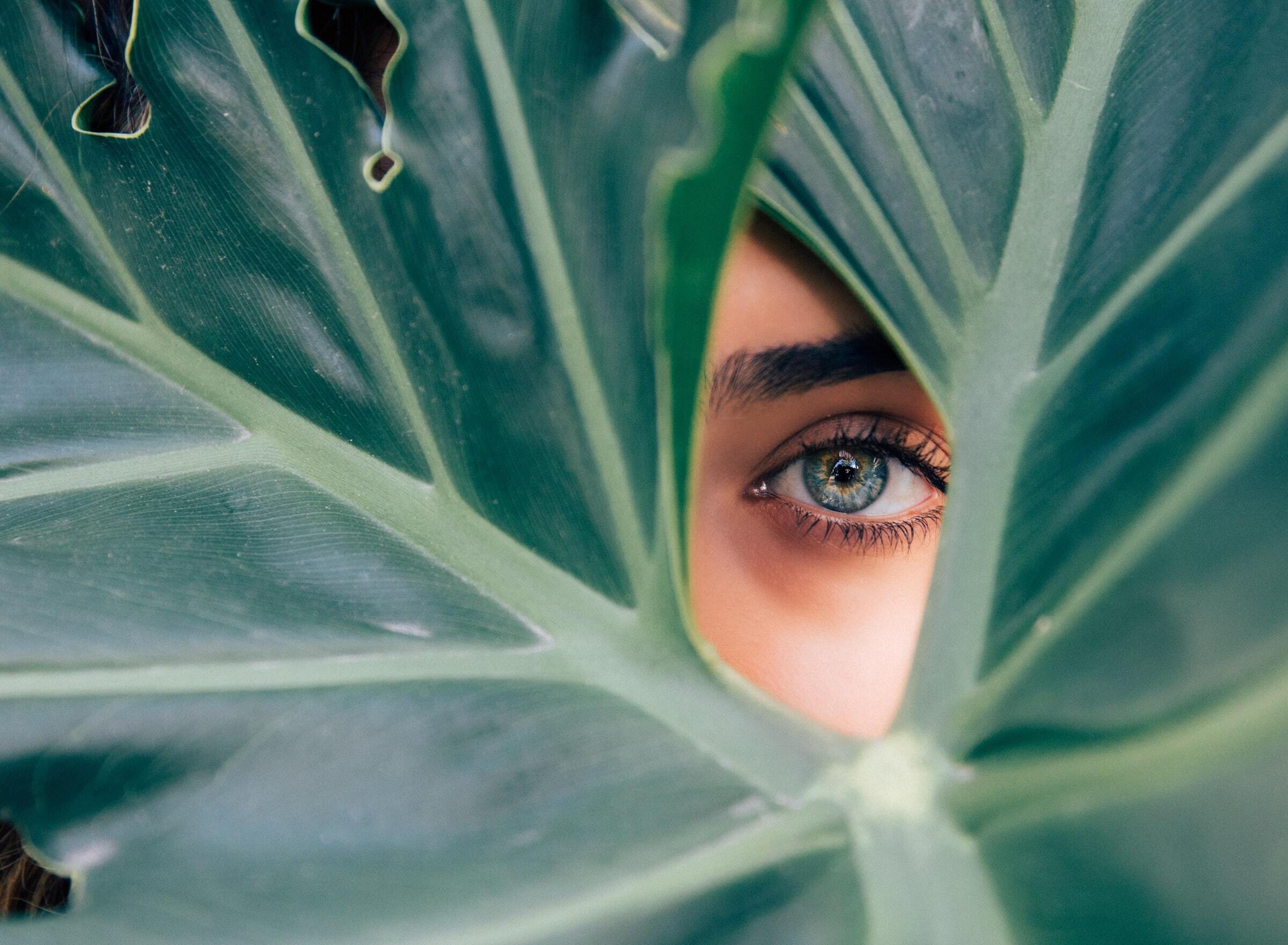
“The desire to be surrounded by all things natural, and nature itself, has never been stronger,” Alia says. “Nature was already having a huge influence on interior design (look at our concept for the journey through JA Lake View Hotel for an example of that!), but there will be a continuation of the search for organic or reclaimed materials, the purity of non-synthetic textiles and earth tones, which enhance our wellbeing and our connection with nature, while also being friendly to the environment.”
Part of this craving to connect with nature, even when indoors, has seen the demand for plants, indoor trees and windowsill gardens intensify, and elements of biophilic design are now a common consideration for the majority of projects from the initial concept stage.
*Photo 1 courtesy of The Arts Club Dubai, located in ICD Brookfield Place.
One River Point has been shortlisted for the Interior Design Concept of the Year: Residential category award…
15 Aug 2025Brewer Smith Brewer Group (BSBG) Senior Interior Designer Hadeel Kassem took part in a mentor session held at…
24 Feb 2025From taking a more hospitality-led point of view, to localised design, and the forgotten art of hand drawing,…
06 Feb 2025For better web experience, please use the website in portrait mode